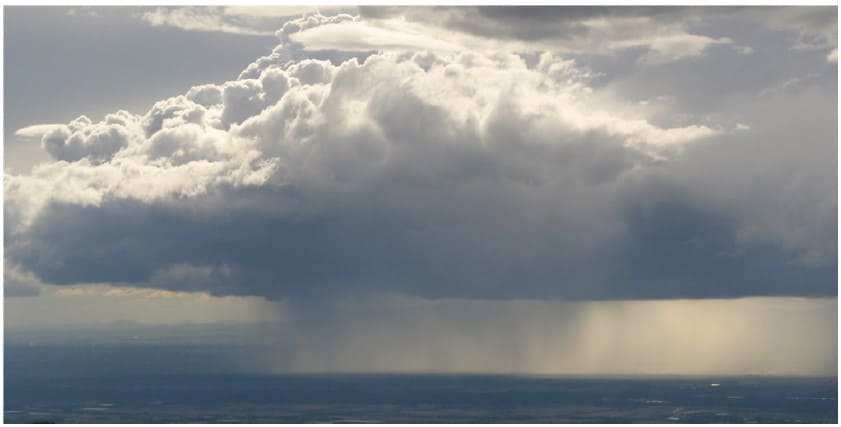
Earlier this year, China’s Agriculture Minister Tang Renjian announced the ministry’s plans to induce rainfall in agricultural regions with the help of cloud seeding technology. Challenges, Concerns
China is no stranger to this practice, as authorities have used cloud seeding as a precautionary measure against water scarcity in agricultural regions and air pollution in cities. However, cloud seeding as a long-term solution is surrounded by a great deal of uncertainty and may, in fact, prove detrimental to local ecosystems.
Cloud Seeding Also Experimented Within India
The most popular instance of cloud seeding in India is the efforts of the Tamil Nadu state government in the 1980s (led by then-Chief Minister MG Ramachandran) to restore water security in the state. While the government proposed multiple plans including rainwater harvesting and desalination, cloud seeding was the most ambitious proposal at the time. These attempts purportedly proved to be fruitful, as various drought-stricken areas in and around Chennai saw plentiful rainfall.
In the coming decades, however, the technique became impractical due to rapid climate change and unfavourable conditions.
Similarly, China has resorted to cloud seeding on various occasions as a short-term measure. In 2009, government authorities launched iodide rockets over Beijing in order to induce snowfall, which reportedly inadvertently resulted in abnormally high snowfall in surrounding areas over the next few days. Cloud seeding has also been used to reduce the pollution levels in cities, with rainfall providing much-needed relief to residents.
However, for the kind of process that it is, cloud seeding comes with its own set of challenges and questions about its effectiveness. The process of inducing precipitation requires the presence of moisture-laden clouds. It is not possible to carry out similar operations in dry conditions, thus reducing the scope of cloud seeding as a widespread practice. Cloud seeding does not hold much promise for restoring rainfall in regions without adequate rain-bearing clouds, thus limiting the success of various proposals.
The primary substance used in the execution of this technique is silver iodide - a compound made up of silver and iodine, which has the ability to induce freezing conditions in the presence of water. While the compound is generally considered to be safe due to its insolubility, there is uncertainty concerning the long-term consequences of exposure and consumption of the substance. Argyria, an illness caused by prolonged exposure to silver, is cited as a possible side-effect. Scientists have expressed concern about the possible repercussions of silver retention in humans, animals and crops.
Alternatives More Effective
Considering that it’s difficult to draw a conclusive link between cloud seeding and effective rainfall, the emphasis should rather be on preventative measures. In the case of Tamil Nadu, the implementation of rainwater harvesting in households alleviated the high burden placed on public water sources.Over time, rainwater harvesting infrastructure has played a major role in meeting water demands.
At best, cloud seeding may only be a short-term fix, and cannot be sustained over a long period. In China’s case, the government does not seem to give attention to long-term solutions for climate change, and primarily focuses on immediate results.
10 Oct 2022
Pranith Yasa